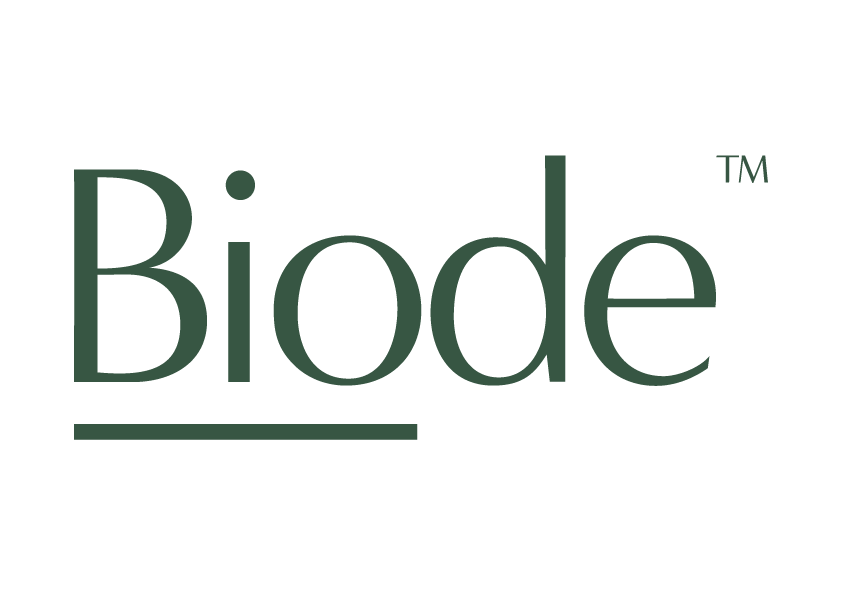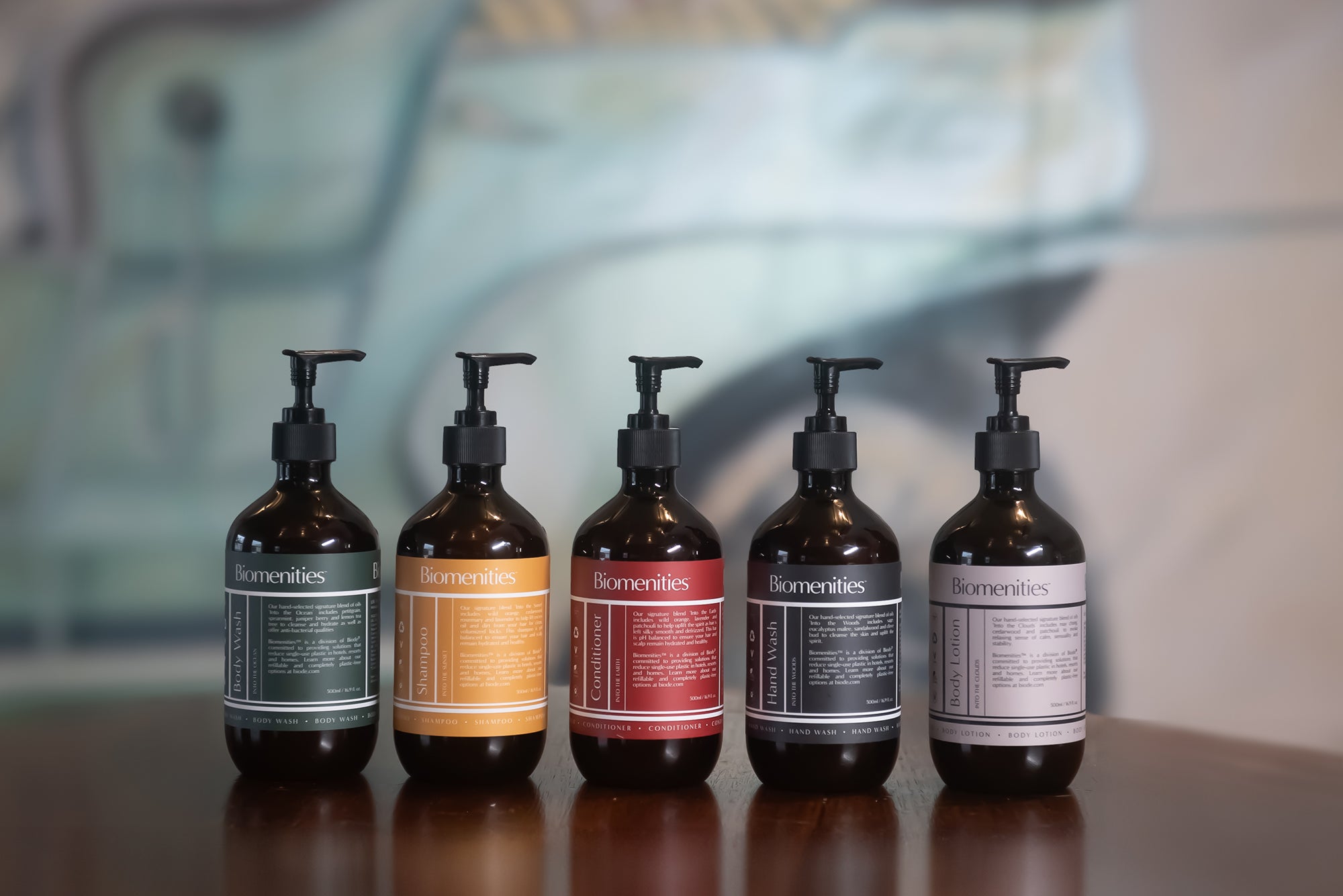
Sweat, Recovery and the Truth About Deodorant
Achieving peak performance in sports and workouts doesn't just rely on intense training sessions; it also depends on what happens after you've pushed your body to its limits. Recovery is an integral part of any athlete or fitness enthusiast's journey, but it is one of the most misunderstood and under-rated parts of the process. Understanding and prioritising recovery is the key to faster, healthier fitness gains and far less illness and injury along the way. It will also allow you to make wiser choices about the food and products you put into your body to enhance your recovery.
What exactly is Recovery?
Recovery, in the context of sports and workouts, refers to the process of allowing your body to heal and rejuvenate after intense physical activity. It is the bridge between training sessions that enables athletes and those of us at the beginner end of the fitness journey, to consistently perform at our best, prevent injuries, and ensure long-term progress. Effective recovery strategies can significantly impact an individual's overall performance and well-being
The 5 most important parts of Recovery
Rest and Sleep
The most fundamental aspect of recovery is getting enough rest and quality sleep. During deep sleep, the body repairs and regenerates tissues, releases growth hormones, and consolidates memories, all of which are crucial for athletic and workout progress. Aim for 7-9 hours of sleep per night to maximize your recovery. Hours before midnight are the most valuable for deep recovery so aim for the earliest bedtime that makes sense for your life.
Nutrition
Proper nutrition is a cornerstone of recovery. After exercise, your body needs the right balance of nutrients to repair and build muscle, replenish energy stores, and support overall recovery. Focus on consuming a mix of carbohydrates, proteins, and healthy fats, along with vitamins and minerals, to meet your body's post-workout demands, though protein is going to be your best friend if you are actively trying to build and maintain muscle.
Sweat and Re-Hydration
Sweat is a critical element in the recovery process after working out as it serves as the body's natural cooling mechanism during exercise. When you engage in physical activity, your body temperature rises, and sweat is produced to help regulate it. Sweating is more than just a way to keep yourself cool; it plays a vital role in the elimination of toxins and metabolic waste products that build up in your muscles during intense workouts. These waste products, such as lactic acid, can contribute to muscle soreness and fatigue. Sweat helps transport these compounds out of your body, reducing the risk of post-workout muscle stiffness and aiding in the recovery process. Moreover, sweat contains essential electrolytes like sodium and potassium, which are crucial for maintaining the body's fluid balance and muscle function. Therefore, embracing the natural process of sweating not only helps cool you down but also contributes significantly to your body's ability to recover effectively from physical exertion.
Re-hydration is putting those liquids you have lost to sweat and urine, back into the body and the best place to start is water. Aim for about 500ml before, during and again after hard exercise. You can also replace your electrolytes with beverages specifically designed to do this – sports drinks (avoid too much sugar or chemical sweeteners) and coconut water are two of your best options. A sprinkle of sea salt in your water bottle (not enough to affect taste) is also a great way to do this.
Stretching and Mobility
Stretching and mobility exercises can enhance flexibility and range of motion, reducing the risk of injury. Incorporate dynamic stretches before your workout to prepare your muscles and static stretches afterward to promote muscle recovery. Regular mobility work can also help you move more efficiently and maintain joint health. Stretching on your rest days will also aid in a quicker overall recovery and muscle growth.
Active Recovery Techniques
Active recovery involves engaging in low-intensity activities that promote blood flow without causing additional stress to the body. These activities, such as walking, casual swimming, or yoga, help reduce muscle soreness, improve flexibility, and accelerate the removal of metabolic waste products from muscles.
There are also various recovery techniques that can expedite the healing process. Some of the best include:
- Cryotherapy & Hydrotherapy: Exposure to cold temperatures can reduce inflammation and muscle soreness. The ocean is cold enough for this, or a bag of ice in your bathtub. Alternating between hot and cold-water immersion can also improve circulation and reduce inflammation.
- Massage: Professional or self-massage (such as with a massage gun) can alleviate muscle tension and improve circulation.
- Compression Garments: Wearing compression gear can reduce muscle vibration and promote blood flow. You can wear this during as well as after exercise.
- Foam Rolling: Self-myofascial release techniques can relieve muscle tightness and release tight fascia.
- Cupping: This traditional Chinese medicine technique can bring blood flow to an area that needs recovery, release the fascia and clear energy pathways.
Recovery is a vital but often overlooked component of athletic and workout success. It's not just about stopping when you're tired; it's about actively engaging in practices that help your body heal and grow stronger and you can curate your recovery the same way you do your workout – adding things that work well specifically for your body.
Recovery and Deodorant
Nobody wants to smell bad. But trying to avoid sweating during and after the gym will actively impede healthy recovery and it is time to ditch anti-perspirants forever. The primary issue lies in their ability to block the sweat glands. Sweating is the body's mechanism for regulating temperature and expelling waste products, including toxins. When antiperspirants stop this process, it can lead to heat retention and potential overheating during intense physical activities. Additionally, sweat is a means of maintaining the body's electrolyte balance, and blocking its production may impact the levels of essential minerals like sodium and potassium. Moreover, there are concerns about the potential health risks associated with the aluminium compounds found in many antiperspirants and they have been connected via several studies to types of cancer.
Underarm odour is caused by the interaction between sweat and bacteria and obviously stopping the sweat process, also stops this. There are other healthier ways to stop the stink without slowing recovery and forcing your body to work harder than it needs to.
Firstly, wash your skin daily and if possible, directly after exercise. Use a natural deodorant made of gentle ingredients that both kill bacteria and disguise bad smells. Switching from an antiperspirant may take some getting used to but the benefits are worth it, and they are designed to combat odour effectively. Natural deodorants have fewer harsh chemicals, are less likely to cause skin irritation or allergies, have far less environmental impact and don’t use synthetic fragrances (other treasure trove of toxins). Our Biode Natural Deodorant does all of these things and are backed by dozens of 5-star glowing reviews.
Prioritising recovery will mean a faster route to the muscle mass, fitness and health outcomes you are working for. It also means ditching anything that impedes that recovery – and the first thing you can ditch is your anti-perspirant and replace it with a natural ingredient deodorant. Like any new workout or supplement, give it 6 weeks to see how it goes. You’ll find that by then your sweat systems return to normal and you don’t actually smell that bad anyway!







Leave a comment
This site is protected by reCAPTCHA and the Google Privacy Policy and Terms of Service apply.